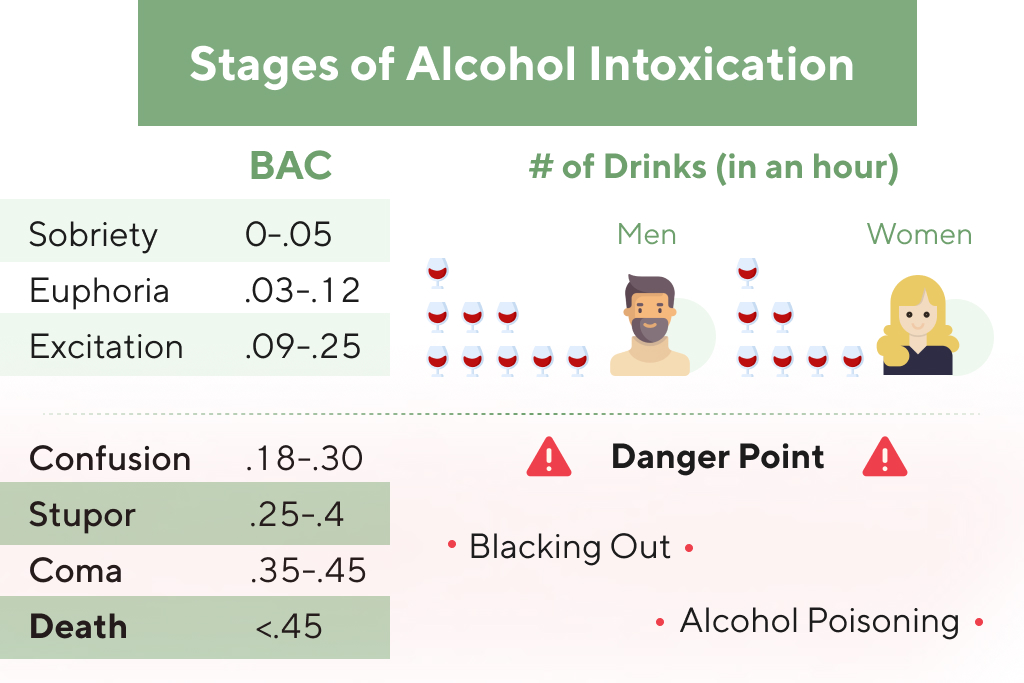As you explore various pathways to sobriety and overall well-being, understanding the nuances of art therapy might unveil an enriching avenue for healing that resonates with your personal experiences. One of the most trying aspects of recovery is the stressors and triggers we experience that may have us wanting to return to substance use. Relapsing occurs when people return to using https://thewashingtondigest.com/top-5-advantages-of-staying-in-a-sober-living-house/ substances, often to numb themselves from these common stressors and often under the false belief that once the stress has passed, they can return to sobriety. Through art therapy, you can learn new, healthier ways to cope with both stressors and triggers. Art therapy teaches new skills and enables you to focus on a creative, productive task that is both distracting and fulfilling.
- There is a lack of nationally representative data addressing the organizational settings of art and music therapy.
- Such paint therapy ideas transform images, supplement them with new details, destroy and create again.
- Most examples of scholarly work on art and music therapy and SUD treatment have linked these treatments with use of a 12-step model (Horay, 2006) and suggest complementarity with that approach.
- This exercise makes it possible to blur the meaning of psycho emotional experiences symbolically.
creativetherapyideas
- Exercise helps relieve emotional stress.
- DBT has now been integrated with other expressive art therapies, including drama and music.
- In fact, I love these modalities so much that I dedicated not only my master’s thesis but also my dissertation to better understanding how to reinforce DBT skills through dramatic techniques.
- Start with one doodle and create other doodles from that one doodle.
- Create a physical permission slip to give to your future self so that instead of feeling defeated about a personality trait, you may give yourself permission to minimize the feeling of defeat.
The Meaning Machine Series is an art therapy directive that allows clients to explore their frame on a particular issue, as well as what meaning they are assigning to things related to that issue. They get the opportunity Sober House to define and redefine their meaning around a given stressor or problem in order to work toward healing. The container metaphor can serve as a physical symbol that can tap into those feelings and experiences.
About the Clients Referenced in this Post
- Patients make a visual representation of their lives by drawing a timeline that begins on the year of their birth and ends with the current year.
- Use our resources and the power of art as a means of managing this challenging situation and find joy in the process.
- Her immense guilt seemed to rule her decision-making more often than not, and it seemed to extinguish any instincts she may have felt with regard to self-care.
Collage of leaves art therapy ideas. Collect a collage of leaves, twigs, glue them to paper. Then finish painting the background, draw pictures around them. Create your own interpretation of a famous painting. No previous artistic experience or talent is required to benefit from our expressive arts program.

Art Therapy In Recovery: Using the Power of Creativity to Treat Addiction
- Individuals battling substance use disorders have the luxury of finding inpatient treatment centers that offer innovative practices.
- Art therapy with a licensed art therapist is not only reserved for those with artistic inclinations.
- On a sheet of paper, draw several circles with a pen.
- Those with depression had an improved self-image and a stronger sense of self-esteem.
You could also have your client craft their own box out of cardstock or cardboard, too. For many containment art directives, the process of building the box from scratch can have immense therapeutic value, in and of itself. When they are finished, give them a chance to present what they have created. Ask open-ended questions about what you see and also offer up any “noticings” that occur to you about their process, product, and symbols. Be mindful not to assign your own meaning without allowing the client to do so first.
